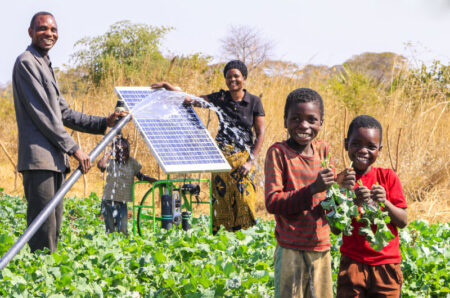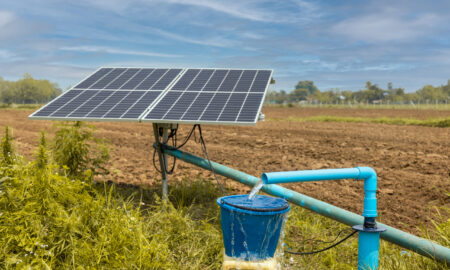Digital technologies have enabled farmers to obtain crucial information on soil quality for nutrient levels, water levels, pests, and disease spread, captured from various sensors, satellites, and drones. One key area where technology can play a role in driving smart agriculture in Africa is through the use of chatbots. Chatbots have the potential to drive
[elementor-template id="94265"]











